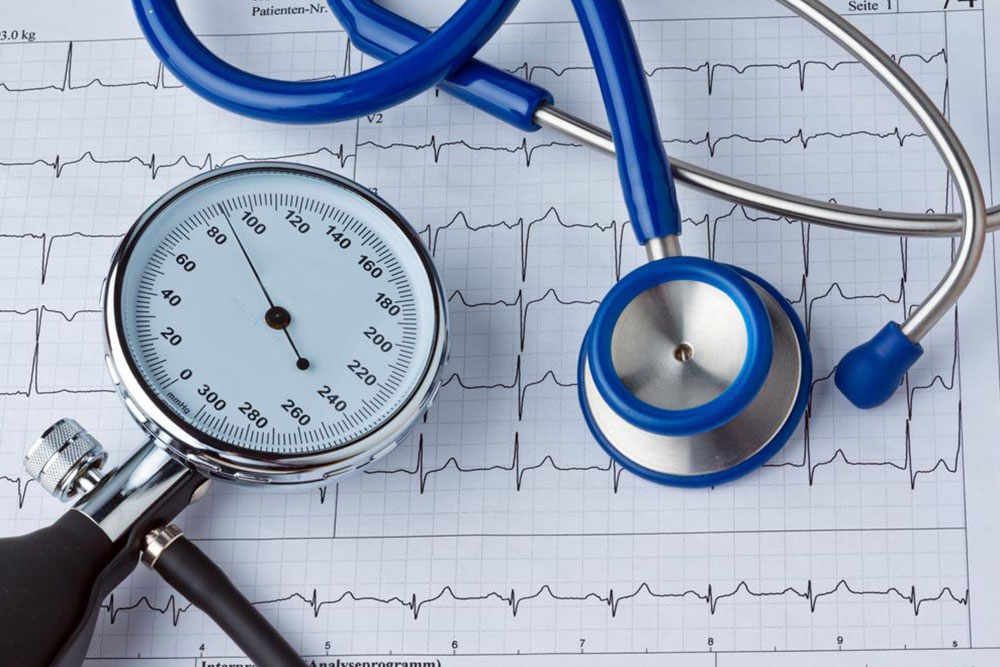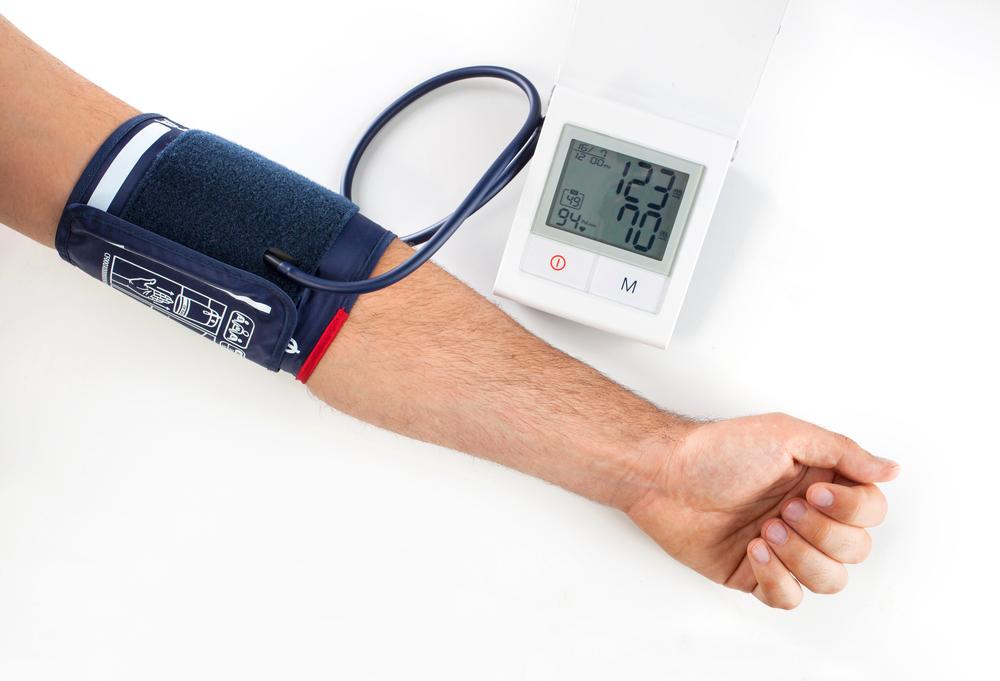Your Ultimate Guide to Understanding Blood Pressure: Importance, Readings, and Management
This comprehensive guide explains the importance of understanding blood pressure, how to interpret readings, and effective management strategies. It emphasizes regular monitoring, lifestyle choices, and medical guidance to maintain optimal cardiovascular health, reducing risks like heart disease and strokes. Learn how to measure your blood pressure accurately and take proactive steps towards a healthier life.

Comprehensive Guide to Decoding and Managing Your Blood Pressure
Understanding Blood Pressure: What It Means for Your Health
Maintaining a healthy cardiovascular system is essential for overall well-being, longevity, and quality of life. One of the most vital indicators of heart health is your blood pressure, which provides insights into how effectively your heart and blood vessels are functioning. Properly understanding your blood pressure readings, the factors influencing them, and how to manage them can significantly reduce the risk of serious health issues such as heart disease, stroke, kidney problems, and more.
Your heart works tirelessly, pumping blood through a complex network of arteries and veins. As blood moves through this system, it exerts pressure against the vessel walls, known as blood pressure. This measurement fluctuates throughout the day depending on activity levels, emotional state, and other factors. Keeping your blood pressure within an optimal range is crucial for your health; both elevated and abnormally low readings can lead to complications.
Understanding the basics of blood pressure, how to measure it accurately, and what your results mean empowers you to take proactive steps toward better cardiovascular health. Regular monitoring combined with lifestyle modifications and medical management when necessary can help maintain your overall health and prevent life-threatening conditions.
Blood pressure readings consist of two numbers: systolic and diastolic. The systolic number, the upper value, indicates the pressure exerted on the arterial walls during the contraction of the heart muscle (when the heart beats). The diastolic number, the lower value, measures the pressure during the heart's relaxation phase between beats. Normal blood pressure typically ranges around 120/80 mmHg. Readings above 140/90 mmHg usually signify hypertension, which requires medical attention to prevent complications. Conversely, low readings below 90/60 mmHg denote hypotension, which can cause dizziness, fainting, and other health issues. Accurate understanding of these readings helps in early detection and timely management of potential health risks.
Regular blood pressure monitoring is a simple yet powerful tool for assessing your cardiovascular health status. Elevated or low readings should prompt consultation with healthcare professionals to tailor appropriate intervention strategies. Maintaining your blood pressure within the recommended range minimizes the risk of heart attacks, strokes, kidney failure, and other serious conditions, thereby enhancing your overall quality of life.
So, how do you accurately measure your blood pressure at home? The process involves wrapping a cuff snugly around your upper arm. You inflate the cuff to about 180 mmHg and then slowly release the air while listening with a stethoscope or using an automatic monitor. The first sound you hear corresponds to your systolic pressure, and the point at which the sound disappears indicates diastolic pressure. Multiple measurements over time can improve accuracy, especially if your readings are fluctuating. For precise assessment and tailored health advice, visiting a healthcare professional periodically remains highly recommended.





